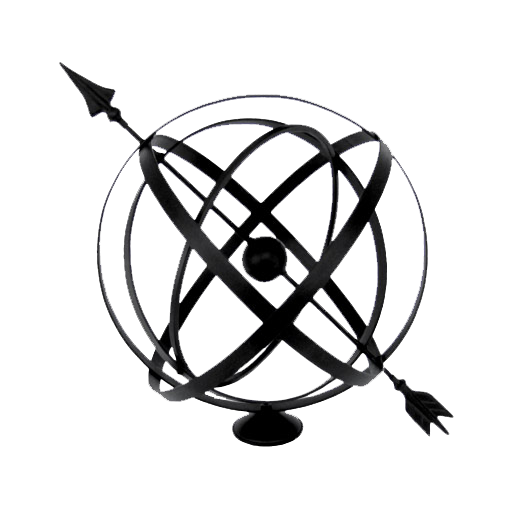Venice. Per Magistrum Gullielmum de Tridino de Monteferrato, 14,January,1491,
4to (199 x 150 mm). 48 leaves. 42 lines. Full-page woodcut on verso of title-leaf showing Astronomia enthroned flanked by Urania and Ptolemy, large woodcut of the "Sphaera mundi" on a3v, each hand coloured and 7 of the diagrams of planetary orbits partially coloured or with outline colour, margins a little trimmed, not affecting text, 17th century blind stamped pigskin, rebacked, with central lozenge on both covers, binding with blind stamp date 1602, brass clasps.
This incunable edition of Sacrobosco's Sphaera Mundi contains two further treatises, J. Regiomantanus, Disputationes contra Cremonensia and G. Peurbach, Theoricae novae planetarum.
Sometime around 1230, Johannes de Sacrobosco (ca. 1200 – ca. 1250), a teacher at the University of Paris, composed an introductory astronomy textbook for his students. In this small text, known as the Sphere (De sphaera), Sacrobosco offered a concise and non-technical description of the geocentric model of the cosmos derived from ancient Greek and medieval Arabic scholars. He explained the structure and motions of the heavens, especially the motions of the sun, moon and fixed stars. He also gave the dimensions of the earth, the size of the oceans, and the latitudes of different climactic zones. The Sphere has the distinction of being one of the most successful scientific texts ever written. Within a few decades of its composition in 1472, it became the most popular and widely used astronomy textbook in Europe, serving as the basis for introductory astronomy lectures at universities from the mid-thirteenth to the end of the seventeenth century. As astronomy was part of the basic arts curriculum that all students had to complete before advancing to any of the higher faculties, a very high percentage of university-educated men would have been exposed to this text. According to the most recent estimates, there were over 200 different editions of the Sphere printed between 1472 and 1673
The 'sphere of the world' is not the earth but the heavens, and Sacrobosco quotes Theodosius saying it is a solid body. It is divided into nine parts: the "first moved" (premium mobile), the sphere of the fixed stars (the firmament, and the seven planets, Saturn, Jupiter, Mars, the Sun, Venus, Mercury and the Moon. There is a 'right' sphere and an oblique sphere: the right sphere is only observed by those at the equator (if there are such people), everyone else sees the oblique sphere. There are two movements: one of the heavens from east to west on its axis through the
Arctic and Antarctic poles, the other of the inferior spheres at 23° in the opposite direction on their own axes.
The world, or universe, is divided into two parts: the elementary and the ethereal. The elementary consists of four parts: the Earth, about which is water, then air, then fire, reaching up to the moon. Above this is the ethereal which is immutable and called the 'fifth essence' by the philosophers. All are mobile except heavy earth which is the centre of the world.
Though principally about the universe, De sphaera contains a clear description of the Earth as a sphere which agrees with widespread opinion in Europe during the higher Middle Ages, in contrast to statements of some 19th- and 20th-century historians that medieval scholars thought the Earth was flat. As proof, he uses the fact that stars rise and set sooner for those in the east, and lunar eclipses happen earlier; that stars near the North Pole are visible to those further north and those in the south can see different ones; that at sea one can see further by climbing up the mast; and that water seeks its natural shape which is round, as a drop.
"M. Sebastiani Gleyss ex purgstall austriaci sum 1515", inscription on title, early marginalia occasionally trimmed.
BMC V, 412; Essling 262; Goff J-410; HC 14114*; Klebs 874.15; Oates 2008; Polain 2304; Sander 6665










